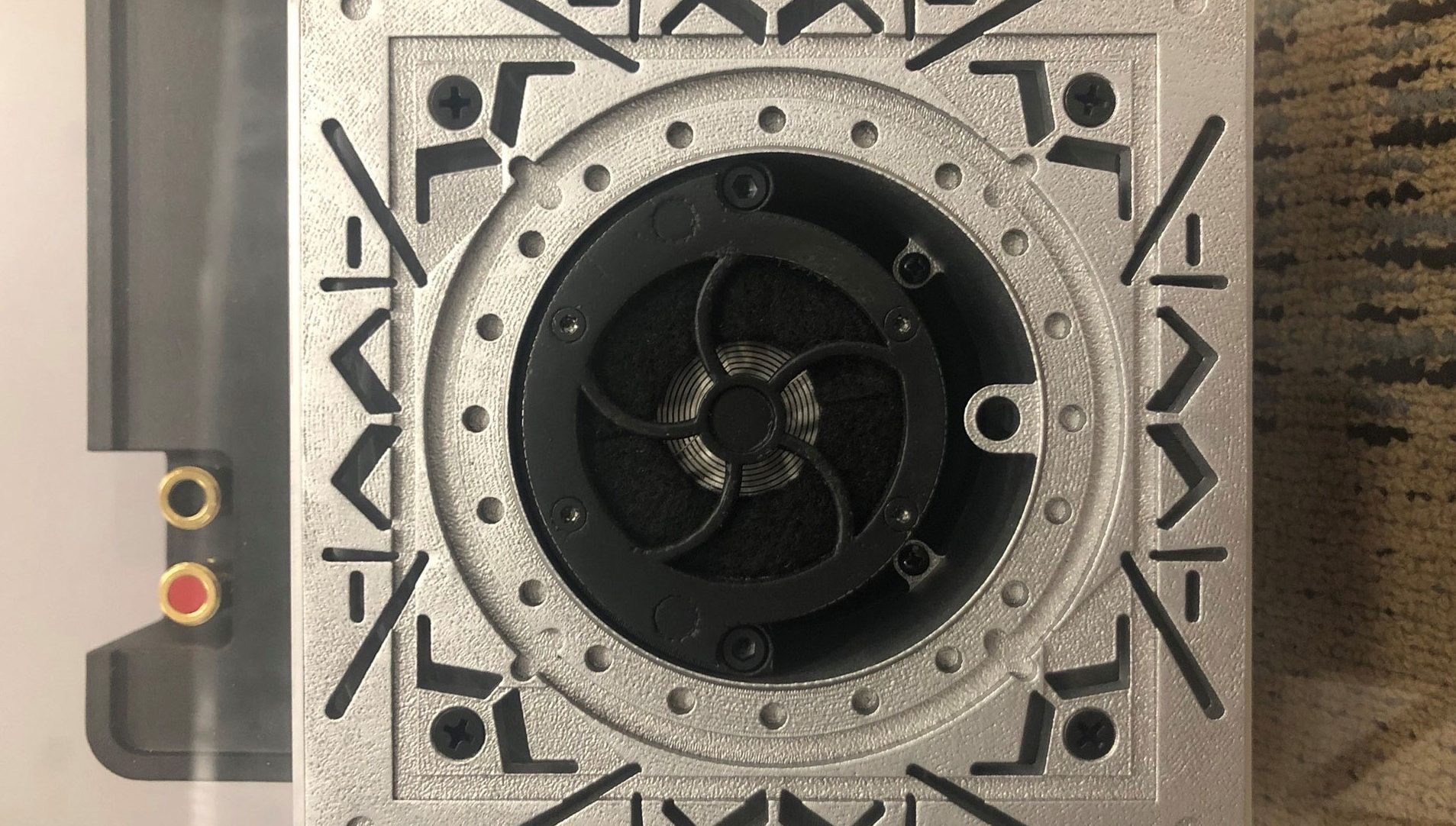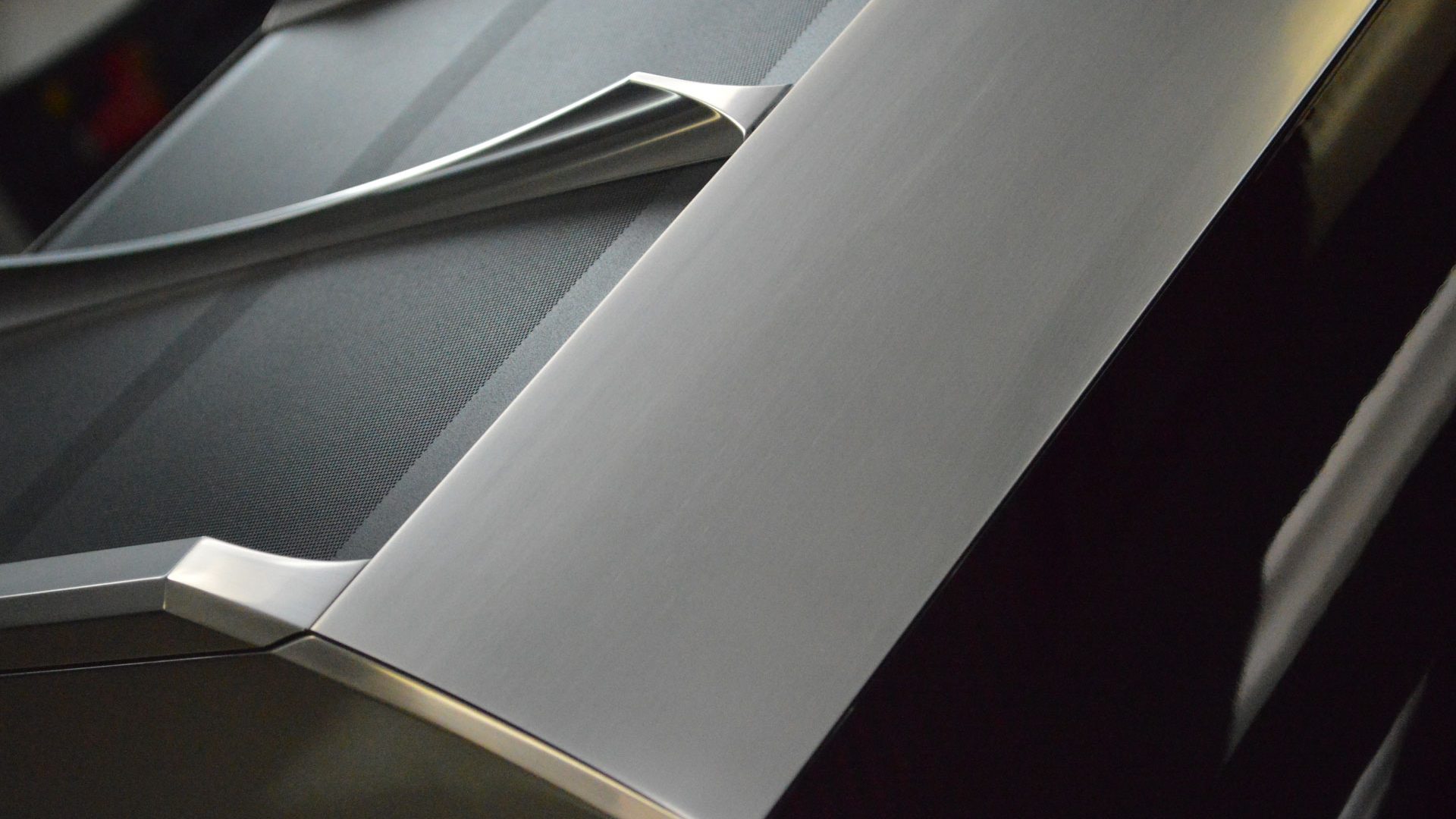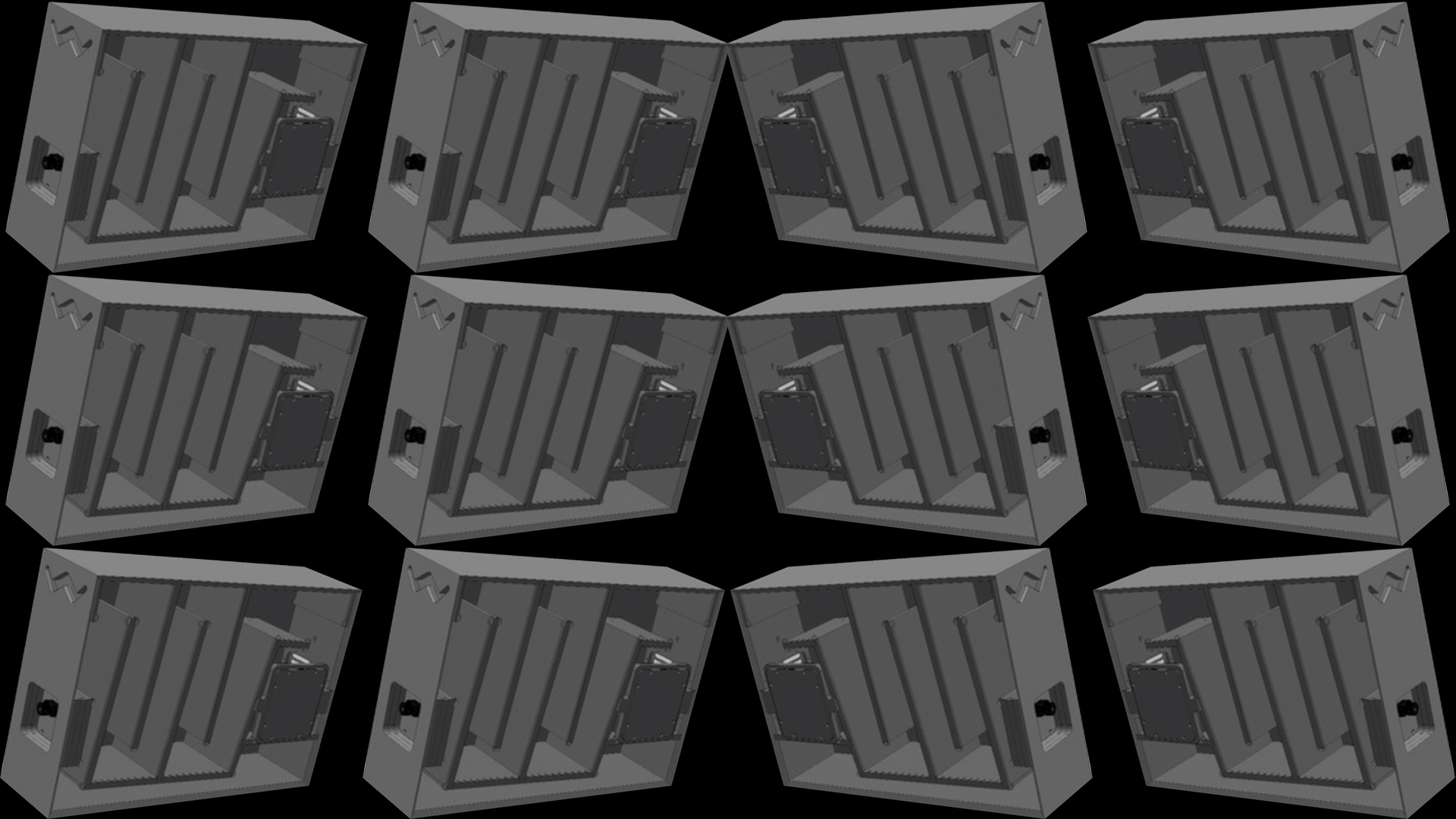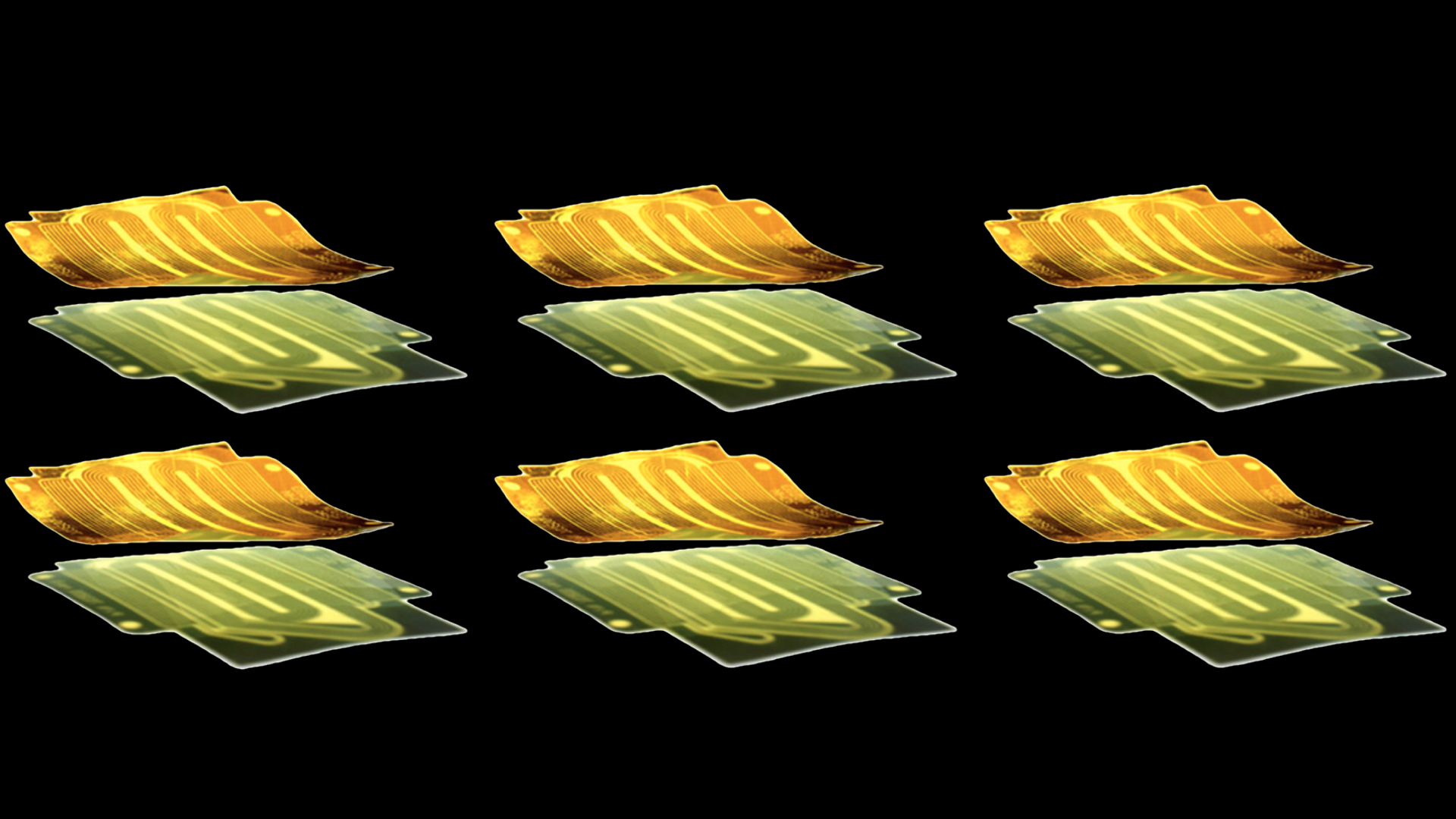
POINT SOURCE TECHNOLOGY
Overview of Point Source Speakers
Point source speakers span a range of prices to fit any budget, making them a popular option for many dedicated media rooms. The listening experience can be described as “enveloping.” Imagine a stone being dropped in the water, creating circles that get bigger and bigger as it radiates out. In a 3D space, such as a media room that circle would be a sphere. Point source speakers work in the same manner, with sound expanding in all directions into an ever-enlarging sphere. The sound thins out quickly as the sphere grows, expanding both vertically and horizontally to give the listener that sense of being enveloped by sound.
Also contributing to that sensation is the fact that when the sound energy from a point source speaker hits a boundary —the walls, ceiling, or floor — it reflects off those surfaces in all directions. In addition to the reflecting energy, there is still audio information coming from the speaker, which can cause a loss of sound clarity. In a dedicated media room, carpeting and acoustic treatment or panels can help control and dampen the reflection at the highest frequencies (10 kHz and above) and enable the listener to hear more information from the speaker. Carpeting and treatments tend to blend in well with the dark environment of these spaces. In a modern living or media space with an open concept design and where there tend to be harder surfaces such as windows and tile or wood floors, acoustic treatments may not practical or an aesthetically appropriate solution. And without being able to control the sound reflections, it decreases the listening experience. That’s where the advantages of line source come in.


